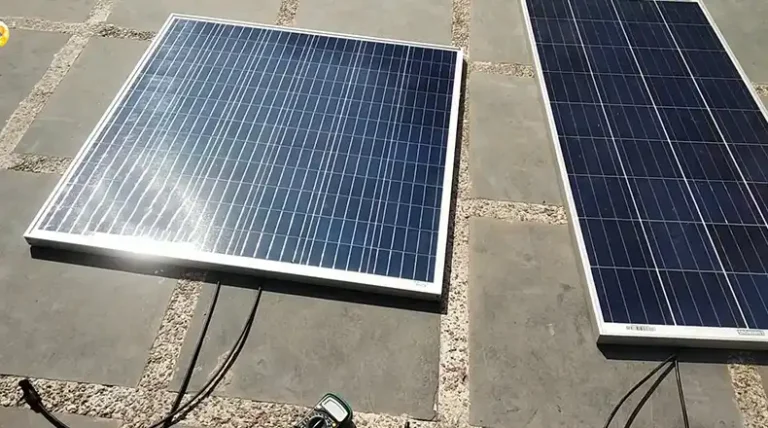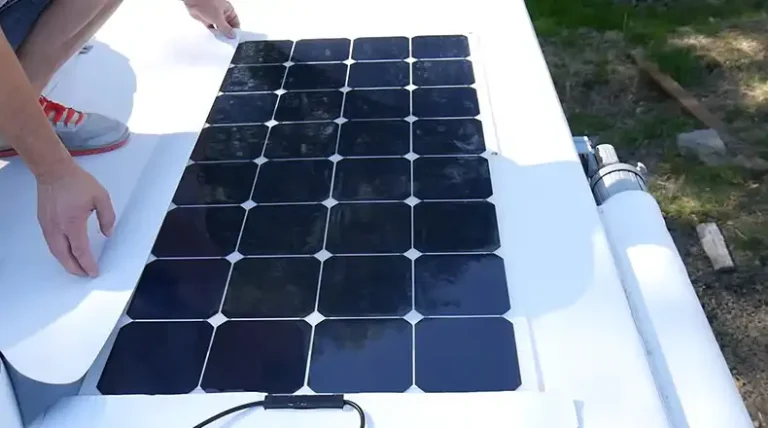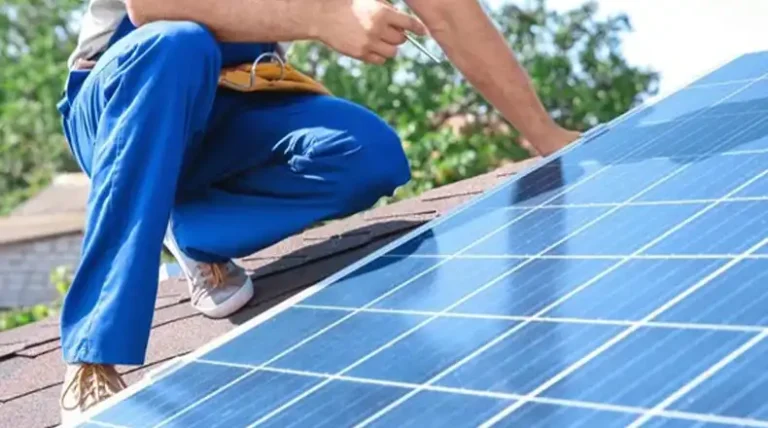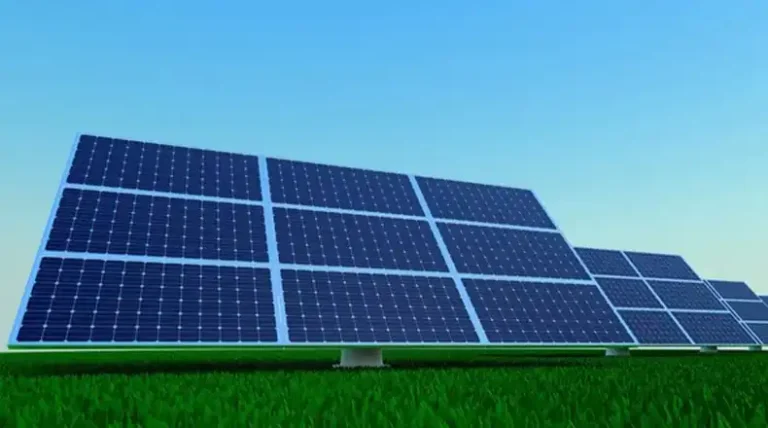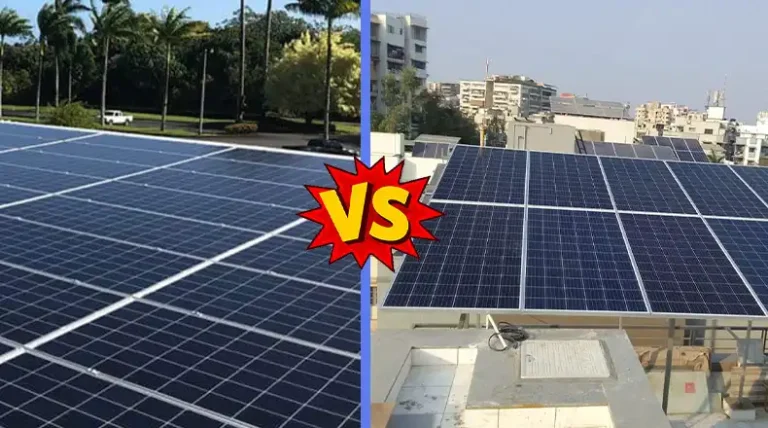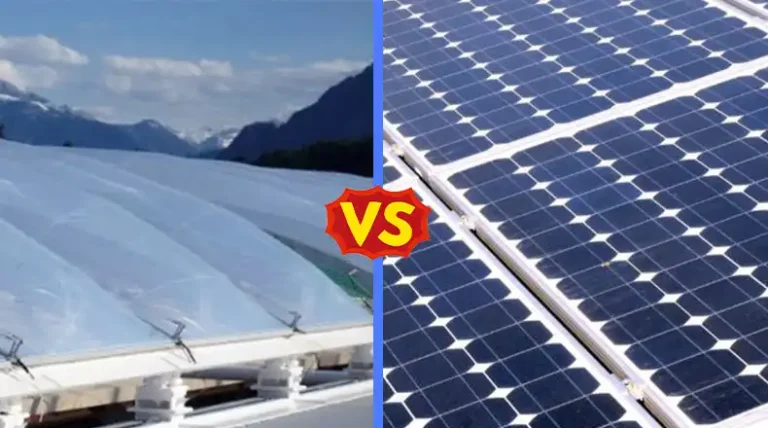How Do You Calculate the Orientation of Solar Panels? Easy Way
Wondering how to angle your solar panels just right for maximum sunlight? You’ve come to the right place, my friend! Calculating solar panel orientation can seem complicated at first, but this friendly neighborhood solar expert has got you covered.
Grab a tasty beverage, put your feet up, and let me walk you through the need-to-know details on positioning your panels for energy production that would make a photon blush. We’ll angle our chat at both solar newbies and veterans—no prior knowledge is needed. Just bring an open mind and hankering for science mixed with a dash of humor. Deal? Then let’s shine on!
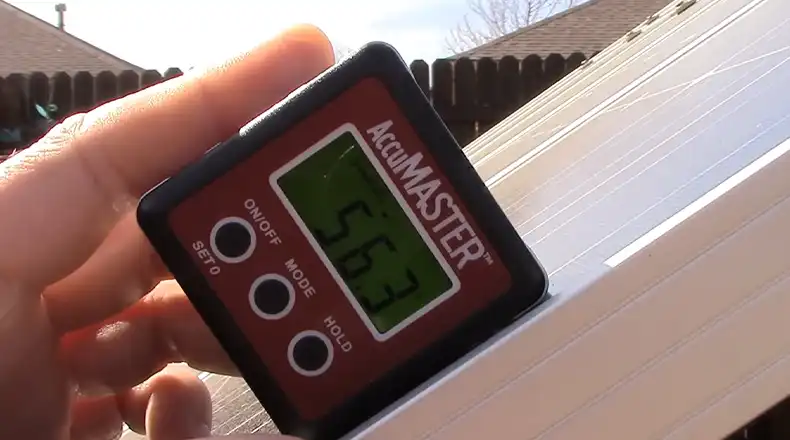
Parameters Needed to Orient Solar Panels for Optimum Outcome
Optimizing solar panel orientation comes down to two key parameters:
Tilt Angle
Tilt angle refers to the incline of your solar panels relative to the horizon. And you thought geometry class would never pay off!
For maximum sun-hugging, your tilt angle should roughly match your latitude. So if you’re sunning in Miami at 26°N, for example, your panels will soak up the most rays angled roughly 26° off dead horizontal. We northerners just embrace our inner erection a bit more at say 44° nearer the Canadian border. Hey now, keep it scientific up there ya hoser!
Azimuth Orientation
Azimuth tells your panels which direction to face: truthfully south for northern halfers like us Americans, or truthfully north for all you Aussies down under.
The azimuth angle is the horizontal angle between the true south and the direction the solar panels are facing. In the Northern Hemisphere, the ideal azimuth angle is typically due south, while in the Southern Hemisphere, it is due north. However, seasonal adjustments may be made to maximize sun exposure during different times of the year.
Calculation for Tilt Angle
The tilt angle is the angle at which solar panels are inclined relative to the ground. The optimal tilt angle depends on the latitude of the location where the solar panels are installed. As a general rule of thumb, the tilt angle should be approximately equal to the latitude for fixed-mounted solar panels. For instance, if the latitude is 35 degrees, the tilt angle should be around 35 degrees. This one is so basic calculation. If you want a more precise than this, then you will need to add or subtract 15° from your latitude to get the tilt angle of your solar panels. So, if the latitude of your area is 35°, then in summer, the angle should be (35°-15°) or 20°, and in winter, it will be (35°+15°) or 50°.
However, if you require a more and more precise angle, then you will need to use this formula for calculating the tilt angle,
Winter
- Latitude: 40°
- Formula: Latitude * 0.9 + 29°
- Calculation: 40° * 0.9 + 29° = 65°
Therefore, the optimum tilt angle for solar panels during winter is 65°.
Summer
- Latitude: 40°
- Formula: Latitude * 0.9 – 23.5°
- Calculation: 40° * 0.9 – 23.5° = 12.5°
Therefore, the optimum tilt angle for solar panels during summer is 12.5°.
Spring and Fall
- Latitude: 40°
- Formula: Latitude – 2.5°
- Calculation: 40° – 2.5° = 37.5°
Therefore, the optimum tilt angle for solar panels during fall and spring is 37.5°.
Calculation for Azimuth
Azimuth measures horizontal direction angle clockwise from true north. True south therefore rings in at a 180° azimuth bullseye for we northern hemisphere solar searchers.
So how do you discover true south vs magnetic south on your property without surveying equipment? Once again some handy helpers:
If you want the easiest way then you can use your smartphone’s compass to find out the azimuth angle for your solar panel. Launch the compass application on your phone, and find out the true north position if you are in the northern hemisphere and the south position for the southern hemisphere. Once you have located it, that will be the azimuth value for your panel.
Pro Tip: While using the compass, make sure you are using the True North value, if the value is Magnetic North, then you will need to follow this formula,
Magnetic North Azimuth Angle = True North Azimuth Angle ± Declination
For example, if the true north azimuth angle is 0 degrees and the declination value for your location is -10 degrees, then the magnetic north azimuth angle would be:
Magnetic North Azimuth Angle = 0° – 10° = -10°
Still, feeling that mathematics itch? You can manually calculate solar azimuth with some hardcore equations factoring in latitude, longitude, declination, and hour angle for ultra-precise alignment. For example,
Let’s consider an example to apply these formulas. Suppose we want to calculate the solar azimuth angle for a location with a latitude of 35°N on June 21st at 10:00 AM local solar time.
Declination angle, δ = 23.45sin(2π(172 – 81)/365) = 23.45°
Hour angle, ω = 15(10 – 12) = -30°
Azimuth angle, φ = cos-1[(sin(23.45°)sin(35°) + cos(23.45°)cos(35°)cos(-30°))] ≈ 58.2°
Therefore, the solar azimuth angle for the given location and time is approximately 58.2 degrees clockwise from true north.
Now, that you have the azimuth angle value, follow the table below to find out the direction for your panels.
| Azimuth Angle Range | Optimal Solar Panel Facing Direction |
| 337.5° to 22.5° | North |
| 22.5° to 67.5° | Northeast |
| 67.5° to 112.5° | East |
| 112.5° to 157.5° | Southeast |
| 157.5° to 202.5° | South |
| 202.5° to 247.5° | Southwest |
| 247.5° to 292.5° | West |
| 292.5° to 337.5° | Northwest |
So, the direction will be Northeast.
See, azimuth doesn’t have to be hard either. Between digital tools and solar science, you’ve got this whole orientation thing squared away. Give yourself a hearty solar salute…you’re officially orientation savvy!
However, if you are not to do such homework, then there are azimuth calculators available on the GoogleVerse! You can use a calculator from PVWatt and NOAA, provide the information about your location, and they will provide you with the proper azimuth angle.
Bonus Tips – Why Orientation Calculation is Important?
Now that you’ve got tilt & azimuth mastered, what’s the big deal anyway? Can’t panels just lie there soaking up rays? I mean come on, it’s the sun—how far off can you go?!
More than you’d think, grasshopper! Check this out:
- Every 10° tilt off local latitude can slash solar collection by 5-10%
- 10° azimuth skew from true south cuts generation up to 15%
- Combining tilt and azimuth mistakes gets ugly, really fast—we’re talking 30+% losses!
That’s leaving a third of your free sunlight out there uncollected! Major bummer when each kilowatt wasted hits you right in the wallet month after month.
But armed with your orientation mastery, you’ll dodge those rookie mistakes. Your sweetly angled high-efficiency panels will soon pay themselves off faster than a photon flies. How’s that for motivational?
End Notes
So next time you gaze up at your pristinely aligned solar array soaking up the maximum bounty our nearest star provides, remember this carefree guide. And give a little thanks to the cosmic convergence of science and humor that unlocked the secrets of orientation for you. That’s what we hip yet humble solar educators live for!
Now then, shall we grab a kombucha and watch the sun slowly set behind those beautifully tilted panels of yours? Pure solar energy bliss my friend…pure bliss.

